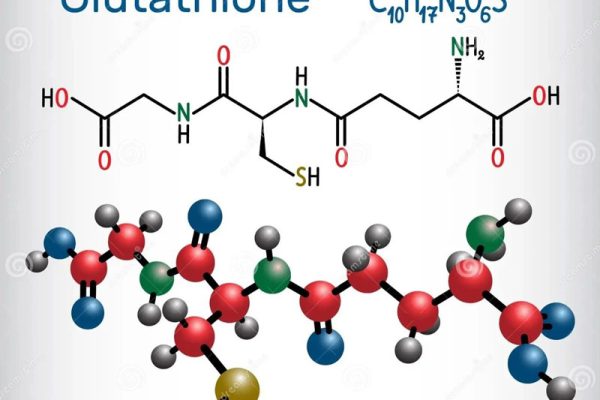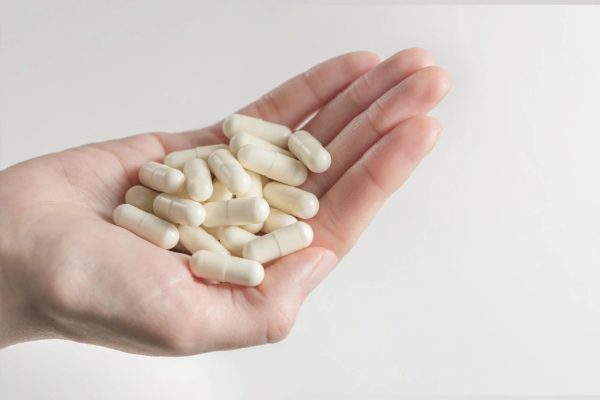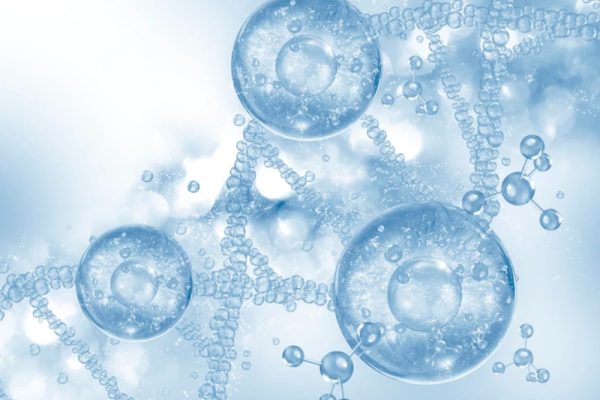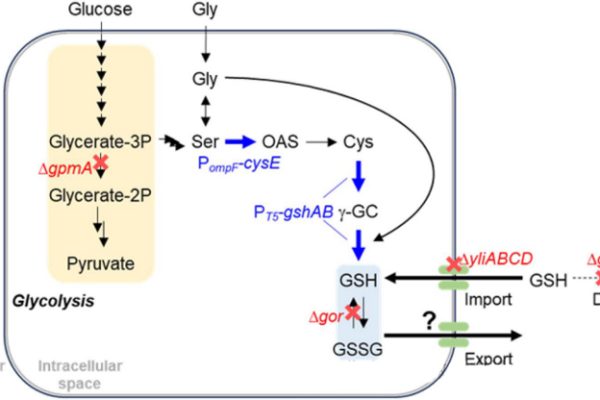
What is supplements glutathione?
Glutathione If NAC, glycine and the like are the “powerful assistants of superheroes”, then glutathione is the “superhero” within the cell itself. Glutathione is hailed as the “King of Antioxidants” or “Master Antioxidant”, and it is the most important and powerful endogenous antioxidant in the human body. What is glutathione? Glutathione is a tripeptide molecule…







